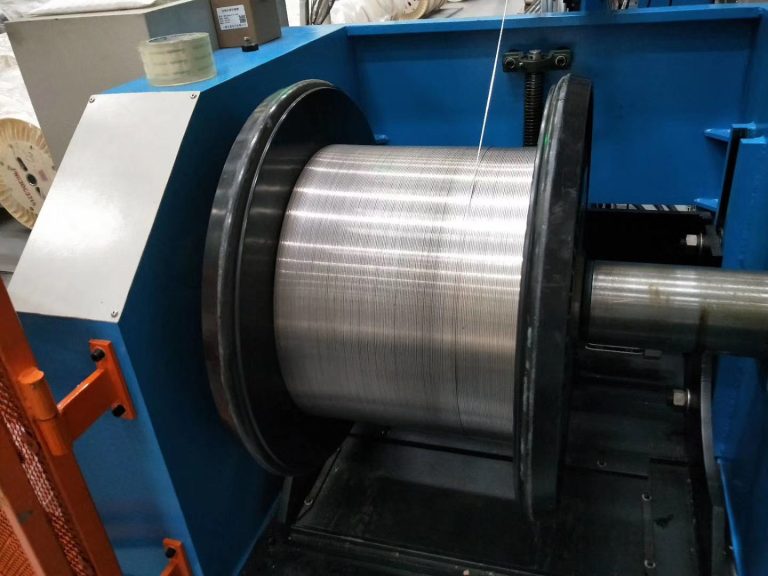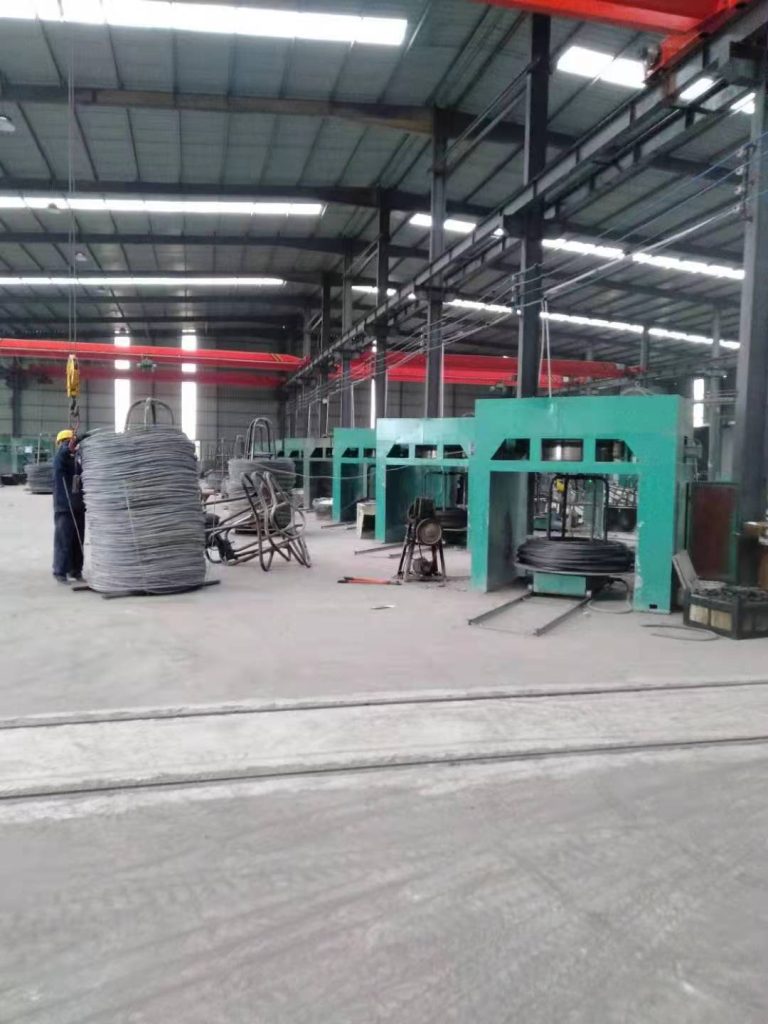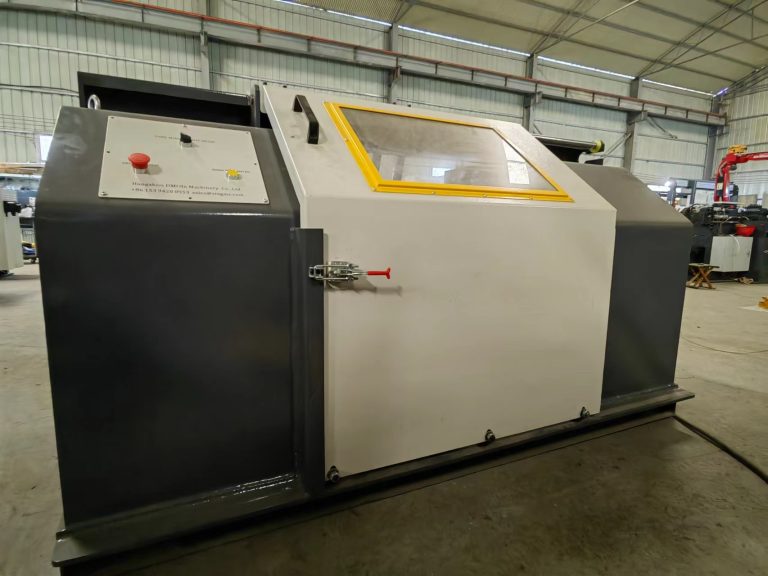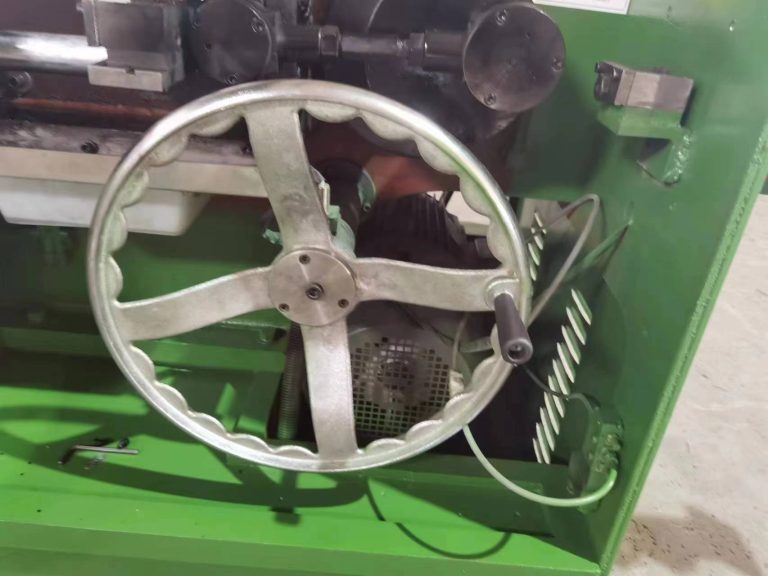How to Properly Maintain and Troubleshoot Static Coiler Dead Block Machines
Static coiler dead block machines are essential equipment in the wire and cable industry, used for coiling wire or cable onto a spool or reel. Proper maintenance and troubleshooting of these machines are crucial to ensure smooth operation and prevent costly downtime. In this article, we will discuss some key maintenance tips and common troubleshooting techniques for Dead Block Coiler machines.
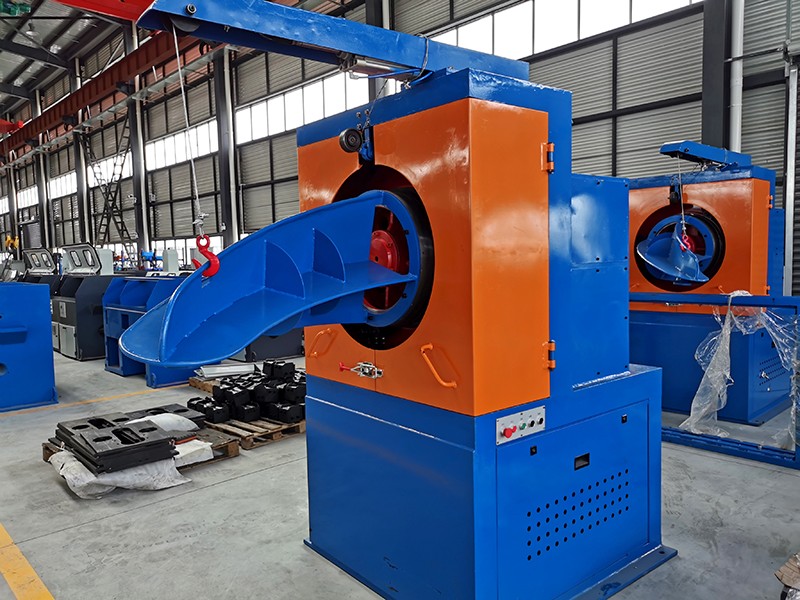
Regular maintenance is essential to keep static coiler dead block machines in optimal working condition. One of the most important maintenance tasks is to regularly inspect and lubricate moving parts such as bearings, gears, and drive belts. Proper lubrication helps reduce friction and wear, extending the lifespan of these components. It is also important to check for any signs of wear or damage and replace any worn-out parts promptly to prevent further damage to the machine.
In addition to regular lubrication, it is important to keep the machine clean and free of debris. Dust and dirt can accumulate on the machine over time, causing parts to wear out faster and affecting the machine’s performance. Regular cleaning with a soft brush or cloth can help prevent this buildup and keep the machine running smoothly.
Another important maintenance task is to check and adjust the tension of the wire or cable being coiled. Proper tension is crucial for achieving uniform and tightly wound coils. Improper tension can lead to loose coils, tangling, or other issues that can affect the quality of the finished product. Regularly checking and adjusting the tension settings can help prevent these problems and ensure consistent coil quality.
When it comes to troubleshooting Wire Dead Block Coiler Machine, one common issue is coil slippage. This can occur when the coil is not properly secured on the spool or reel, causing it to slip or unwind during the coiling process. To prevent coil slippage, it is important to ensure that the coil is securely fastened to the spool or reel before starting the coiling process. Additionally, checking and adjusting the tension settings can help prevent coil slippage by ensuring that the wire or cable is properly guided onto the spool.
Another common issue with static coiler dead block machines is uneven coiling. This can occur when the wire or cable is not evenly distributed on the spool or reel, resulting in coils that are loose or unevenly wound. To troubleshoot this issue, it is important to check the alignment of the wire or cable as it enters the coiling machine and make any necessary adjustments to ensure that it is evenly distributed on the spool. Additionally, checking and adjusting the tension settings can help prevent uneven coiling by ensuring that the wire or cable is properly guided onto the spool.

In conclusion, proper maintenance and troubleshooting of static coiler dead block machines are essential to ensure smooth operation and prevent costly downtime. By following the maintenance tips and troubleshooting techniques outlined in this article, you can keep your machine running smoothly and produce high-quality coils consistently. Remember to regularly inspect and lubricate moving parts, keep the machine clean, check and adjust tension settings, and address common issues such as coil slippage and uneven coiling promptly to maintain optimal performance.

